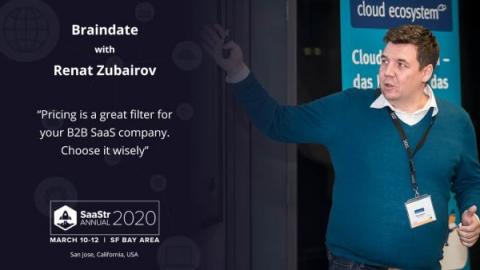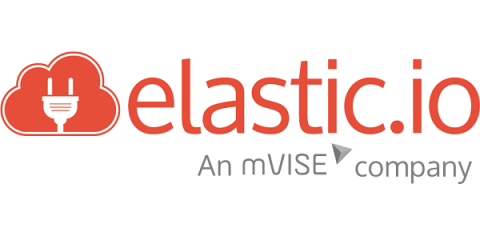Vodafone TOBi Hackathon - A Winning Experience for All
It has been a week since several of our mVISE and elastic.io developers attended the Vodafone TOBi Hackathon at the Vodafone Sky Lounge in Düsseldorf. Some of them were in the 3rd place team and all contributed greatly to the future success of the TOBi Chatbot. Teams formed, ideas flowed, problems were overcome, and the air was filled with the sounds of developer’s keystrokes!




